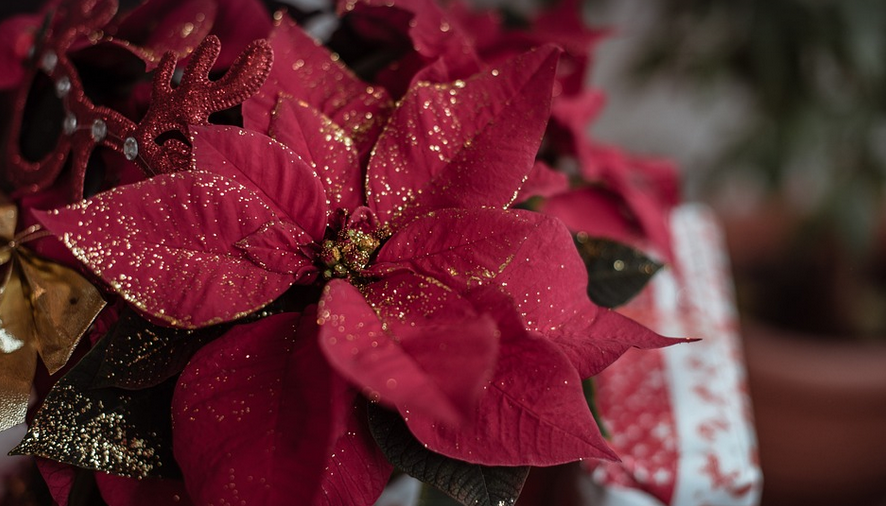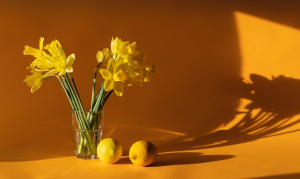
Unveiling the Curious Case of a Parrot’s Tongue
Picture this: you’re watching a parrot preen its feathers, and out of nowhere, it strikes a pose, showcasing an intriguing detail of its anatomy. A tiny, brush-like tip protrudes from its beak, seemingly unfurling like a flower in the sunlight. This is no mere whim—this fascinating feature holds within it a mystery worthy of exploration.
We’re talking about the parrot’s tongue, specifically its unique and intricate structure. Parrots possess a remarkable adaptation that sets them apart from other birds, a tongue uniquely designed for their specific needs.
The tongue’s brush-tip, often referred to as “the tongue’s tip,” is no random creation. It plays a crucial role in the parrot’s foraging techniques and even enhances its vocal abilities. This seemingly small detail offers a glimpse into the intricate world of avian anatomy.
First, let’s delve into the function of this brush-tip. This delicate structure acts as a powerful tool for grasping, picking up, and manipulating objects.
As parrots are known to pluck at the ground or fruits, their tongue’s tip helps them grasp these items effectively. Its fine bristles allow it to delicately hold onto even the smallest seeds or insects, making mealtime more efficient.
Beyond its physical capabilities, this brush-tip also plays a significant role in parrots’ ability to understand and translate sounds. Their tongues vibrate when their beaks are open, creating tiny vibrations that carry information. This process is known as “vocalization” and it allows parrots to not only communicate with each other but also to mimic human speech.
The tongue’s brush-tip acts as a miniature microphone, capturing the nuances of sound in the environment and translating them into actions. When a parrot hears a loud noise or a familiar song, its brush-tip vibrates in a way that can be interpreted by other parrots.
Think about how a bird’s tongue helps it to understand the world around it. From the vibrant colors of flowers to the intricacies of the wind, their tongues provide valuable sensory information that aids them in navigating and thriving.
The brush-tip is not just a mere physical attribute but also a testament to evolution’s relentless pursuit of optimal adaptation. Its delicate design showcases a symphony of biological processes aimed at achieving specific functions.
Parrots, with their diverse species and unique characteristics, offer a compelling example of how natural selection can lead to the development of extraordinary adaptations. Their tongue’s brush-tip is one such remarkable feature that continues to fascinate scientists, researchers, and bird enthusiasts alike.
So, the next time you see a parrot preening its feathers or enjoying a meal, remember the intricate world hidden within its tongue. It’s a testament to the wonders of nature’s design and a reminder of how even the smallest details can hold profound significance.



